Understanding Hotspot vs Tethering: Key Differences, Use Cases, and Advantages
Nahid Rezaei2025-09-03T11:15:46+03:30Introduction
Staying connected to the Internet is no longer a luxury—it’s a necessity. Whether it’s for work, communication, streaming, or gaming, having reliable internet access is vital. With the rapid development of mobile technology, more people are connecting their smart devices using methods other than traditional Wi-Fi or Ethernet. Among these are two particularly interesting technologies: Tethering and Hotspot.
While these terms are often used interchangeably, they actually represent two different methods of sharing an internet connection. Both allow devices like laptops and tablets to access mobile data, but the way they operate, their capabilities, and their limitations vary. Understanding these differences is crucial when choosing the best method for your needs—whether you’re working remotely, traveling, or simply need a quick connection.
In this article, we’ll explore what tethering and hotspot technologies are, how they work, how they differ, and which one is better suited for specific scenarios. Get ready for a deep dive into mobile internet sharing!
What is Tethering?
Tethering is a process that allows a mobile device, such as a smartphone, to share its internet connection with another device, like a laptop or tablet. Essentially, your phone acts like a modem or router, channeling its mobile data connection to other devices. This is particularly useful when you don’t have access to Wi-Fi but still need to get online using your laptop.
Technically speaking, tethering uses Network Address Translation (NAT). Here’s what that means in simple terms:
-
Your smartphone gets a public IP address from your mobile provider.
-
The connected devices, like your laptop, get private IP addresses from your phone.
-
All internet traffic is routed through your phone, which acts as a gateway.
This method is widely supported in Android, iOS, Windows, and macOS devices and can be extremely convenient in emergency situations or while traveling. But not all tethering is the same. There are three main types of tethering, and each has its own pros and cons.
Types of Tethering
.. USB Tethering
USB tethering is arguably the fastest and most stable form of tethering. By connecting your smartphone to another device using a USB cable, you can share your mobile data connection without the signal interference that often comes with wireless methods.
Advantages:
-
High-speed connection: Since data travels via cable, it is faster and more reliable.
-
Better battery efficiency: USB tethering charges your phone while connected, minimizing battery drain.
-
Low interference: Unlike wireless connections, USB is not affected by environmental factors like walls or electronic noise.
Limitations:
-
Requires a physical connection: You need a USB cable, which might not always be available.
-
Limited to one device: Only one device can be connected at a time.
-
Driver issues: Sometimes, especially on PCs, additional drivers or settings may be needed for the tethering to work properly.
USB tethering is ideal for solo use when speed and stability are critical—like uploading files or attending video meetings.
.. Wi-Fi Tethering
Wi-Fi tethering is the most commonly used form of mobile internet sharing. It turns your smartphone into a mini Wi-Fi router, broadcasting a signal that other devices can connect to.
Advantages:
-
Easy to set up: Usually just a couple of taps in the settings menu.
-
Wireless convenience: No cables required; connect multiple devices.
-
Widely compatible: Works with almost any modern device that supports Wi-Fi.
Limitations:
-
Battery drain: Wireless broadcasting consumes more battery than USB.
-
Security risk: If not protected with a strong password, others nearby might access your data.
-
Less stable: Susceptible to signal interference and can slow down with multiple connected devices.
Wi-Fi tethering is perfect when you’re on the go and want to connect several devices quickly without dealing with cables.
.. Bluetooth Tethering
Bluetooth tethering is the least common method, mainly due to its slower speed and more complex setup. It connects devices using Bluetooth technology, which is low-power but also limited in data throughput.
Advantages:
-
Low power usage: Consumes less energy than Wi-Fi.
-
Secure: Bluetooth pairing offers a secure connection.
-
Good for small tasks: Ideal for messaging or browsing when speed isn’t a priority.
Limitations:
-
Slow connection: Not suitable for streaming or large downloads.
-
Complex pairing process: Requires devices to be paired via Bluetooth, which can be a hassle.
-
Limited device support: Not all devices support Bluetooth tethering natively.
Use Bluetooth tethering only if USB and Wi-Fi options aren’t available and your data needs are minimal.
What is a Hotspot?
A Hotspot refers to a physical or virtual access point that provides internet connectivity to nearby devices over Wi-Fi. These are commonly found in cafes, airports, libraries, and other public spaces. However, hotspots can also be created using smartphones or routers.
The basic concept is simple: an internet-connected device (like a router or smartphone) broadcasts a wireless signal that other devices can connect to. Unlike tethering, which is often point-to-point, a hotspot is more like a mini Wi-Fi network.
Types of Hotspots:
-
Public Hotspots: Found in public areas, usually provided by businesses or governments.
-
Private Hotspots: Set up at home using mobile data or ADSL routers.
-
Mobile Hotspots: Smartphones or dedicated hotspot devices (MiFi) that share cellular data via Wi-Fi.
Hotspots can support multiple simultaneous connections—typically up to 5 devices or more, depending on the hardware and network capabilities. That makes them great for family use, small group meetings, or mobile offices.
Another innovation in this space is software-based virtual hotspots. Programs like Connectify can turn your PC into a hotspot, allowing it to share its internet connection with other devices.
Core Differences Between Tethering and Hotspot
Although tethering and hotspot technologies aim to provide internet connectivity to smart devices, their approaches and limitations differ significantly. Understanding these differences can help you choose the right option based on your needs.
 Connection Method
Connection Method
Tethering allows a smartphone or tablet to share its mobile internet via USB cable, Wi-Fi, or Bluetooth. This method is usually a one-to-one connection, particularly in USB and Bluetooth modes. On the other hand, a hotspot—especially a mobile or Wi-Fi hotspot—broadcasts a wireless signal that can be accessed by multiple devices simultaneously, much like a regular home Wi-Fi router.
A tethered connection feels more personal and private, ideal for single-device usage. Meanwhile, a hotspot is designed for group access, allowing up to five or more devices to connect at once.
Device Accessibility
Hotspots offer greater accessibility across different platforms and devices. For example, a mobile hotspot can easily support smartphones, tablets, laptops, and even smart TVs, all at once. Tethering, especially USB and Bluetooth modes, typically requires more configuration and is limited to one device at a time.
Moreover, while a hotspot doesn’t require any special software to connect, USB tethering might require device drivers or additional software, especially on older computers. Bluetooth tethering often demands manual pairing, which can be time-consuming and frustrating for less tech-savvy users.
Speed Requirements
Tethering often demands a stronger and faster cellular connection to work effectively, especially in high-speed activities like video conferencing or streaming. USB tethering provides a stable and high-speed connection but to only one device.
Hotspots, on the other hand, can function reasonably well on average-speed networks, particularly for basic tasks like browsing, email, and social media. But the more devices you connect to a hotspot, the more the speed is divided, potentially leading to slower performance.
Battery Usage
When it comes to battery consumption, tethering—particularly USB tethering—is more energy-efficient since the connected device can charge the smartphone while using its internet. Bluetooth tethering also consumes less power compared to Wi-Fi.
Hotspot, however, is notorious for draining your phone’s battery. Broadcasting a wireless signal continuously demands significant energy. If you plan to use a hotspot for an extended period, it’s wise to keep your phone plugged into a power source.
Security Considerations
Security is a crucial aspect of internet sharing. USB tethering is the most secure method since it’s a direct, wired connection with no wireless transmission, making it immune to unauthorized access.
Wi-Fi hotspots, however, are more vulnerable, especially in public places. If not protected by a strong WPA2 password, they can be easily accessed by nearby users, putting your data at risk. Bluetooth tethering is more secure than open Wi-Fi but still vulnerable to certain exploits if the pairing is not managed carefully.
Therefore, whether you’re using a hotspot or Wi-Fi tethering, always set a strong password and disable the connection when not in use.
Pros and Cons of Tethering
Tethering comes with a mix of advantages and disadvantages depending on the context and method used.
Pros:
-
Stable connection: Especially in USB mode, tethering offers a consistent and high-speed link ideal for critical tasks.
-
Lower power consumption: Compared to hotspots, tethering generally uses less battery, particularly with USB and Bluetooth.
-
More secure: Wired and paired connections are harder to intercept than Wi-Fi.
-
Ideal for limited device access: If you only need to connect a single device like a laptop, tethering is perfect.
Cons:
-
Limited device support: You can usually connect only one device at a time (except with Wi-Fi tethering).
-
Compatibility issues: May require drivers or setup steps, particularly on older PCs or operating systems.
-
No multitasking: Calls, SMS, or app notifications may be limited while tethering is active, depending on the mobile OS.
-
More manual control needed: Each tethering method may need to be re-enabled or reset manually between sessions.
Tethering works best in personal scenarios where privacy, speed, and stability are more important than sharing with multiple users.
Pros and Cons of Hotspot
Hotspots, both mobile and fixed, are designed for broader internet sharing but come with their own strengths and drawbacks.
Pros:
-
Multi-device support: One hotspot can support several devices simultaneously, making it ideal for family use or small team collaboration.
-
Easy setup: Creating a hotspot on a smartphone takes just a few taps; no cables or pairing required.
-
Flexible and portable: You can create a hotspot anywhere there’s cellular service.
-
Good for group usage: Whether you’re traveling with friends or holding a quick meeting, a hotspot makes group internet access easy.
Cons:
-
Higher battery consumption: Broadcasting a wireless signal continuously can drain your battery quickly.
-
Security vulnerabilities: If not secured properly, hotspots can be exploited by nearby strangers.
-
Speed drops with more users: The more devices you connect, the slower the internet for everyone.
-
Data usage spikes: Since multiple devices are consuming data, you may hit your mobile plan’s limit sooner than expected.
If your goal is to share internet access among several users and don’t mind charging your device frequently, a hotspot is the way to go.
Which One is Better for You?
The answer to whether tethering or hotspot is better depends entirely on your usage scenario.
-
Need to connect one device for a stable session (e.g., Zoom call, file upload)? Go with USB tethering.
-
Want to share the internet with several devices while traveling? Use a mobile hotspot.
-
Need to preserve battery life while still staying online? Bluetooth tethering is a lightweight option.
-
Setting up temporary internet access for a small team? A hotspot router or smartphone hotspot is ideal.
Ultimately, tethering is more secure and efficient, while hotspot is more versatile and user-friendly. Many people use both methods interchangeably depending on the situation.


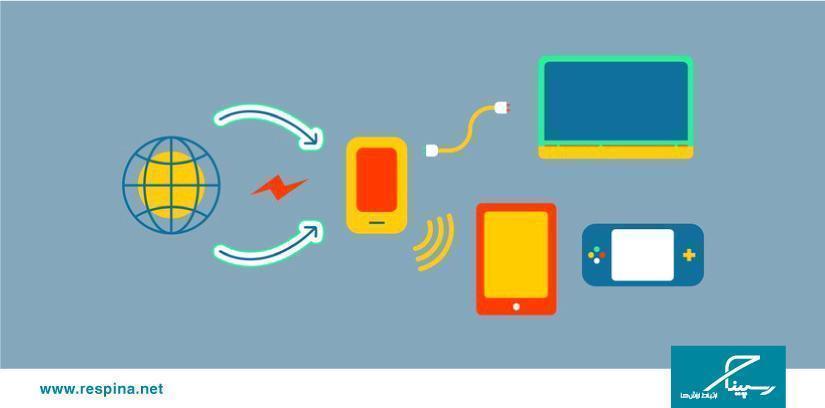

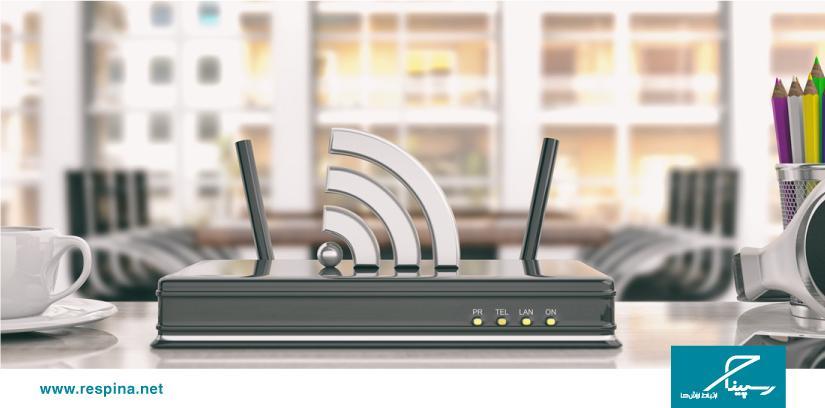
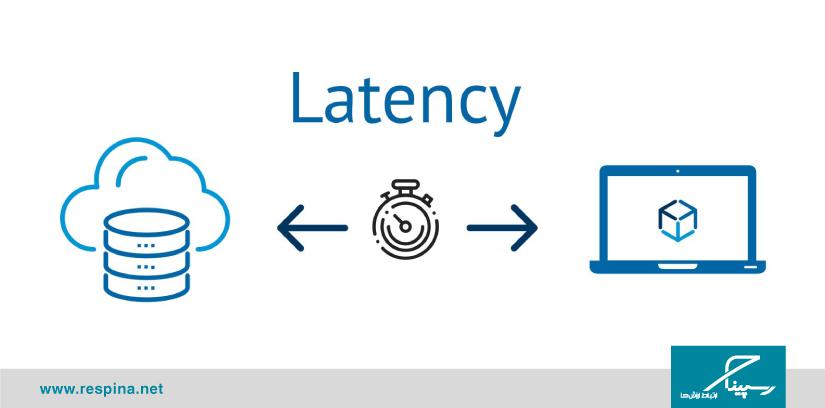
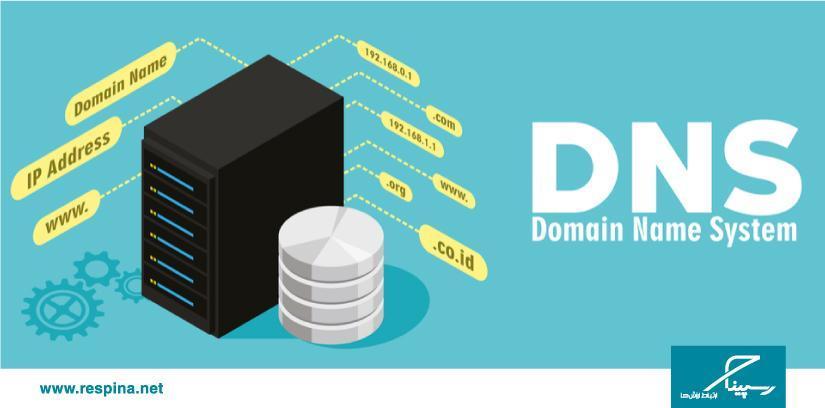
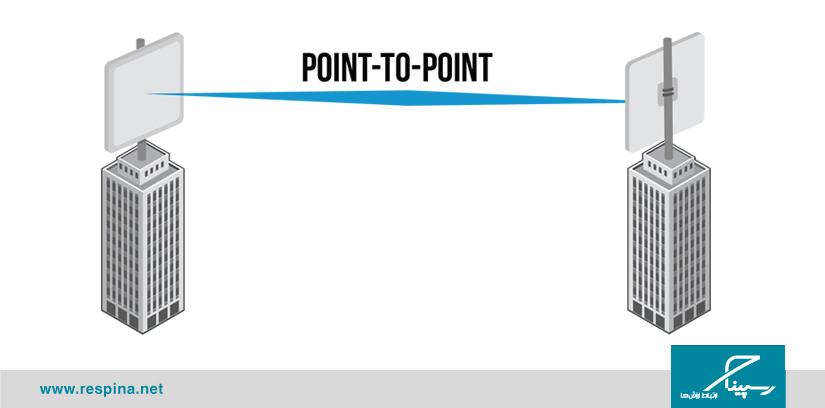
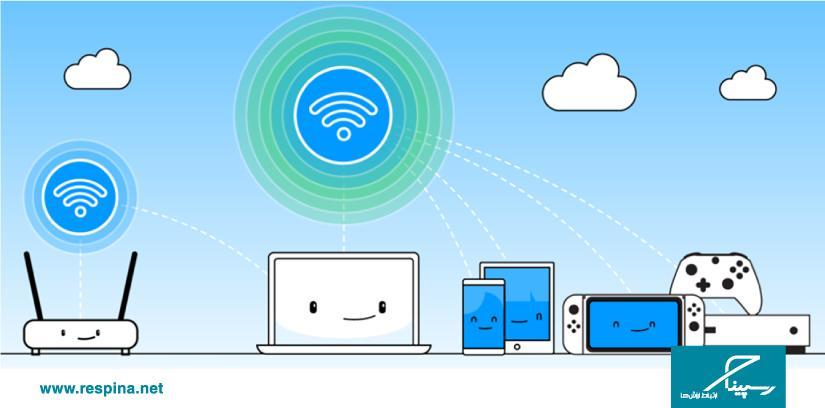
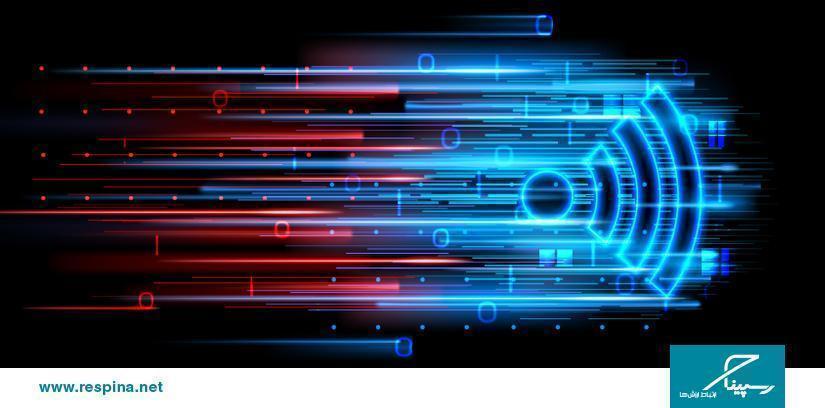

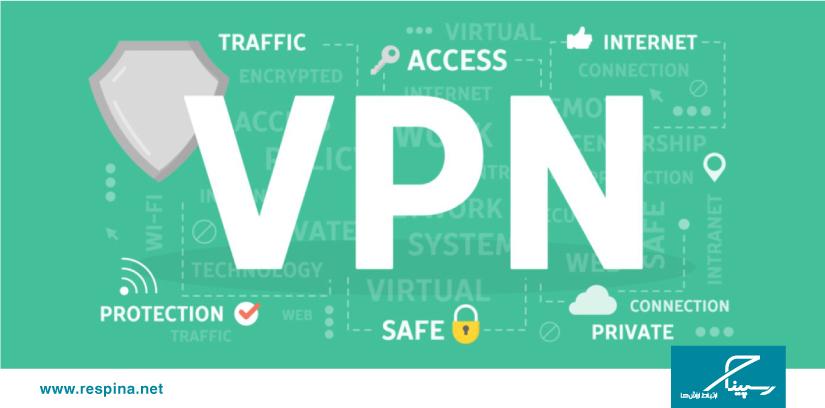
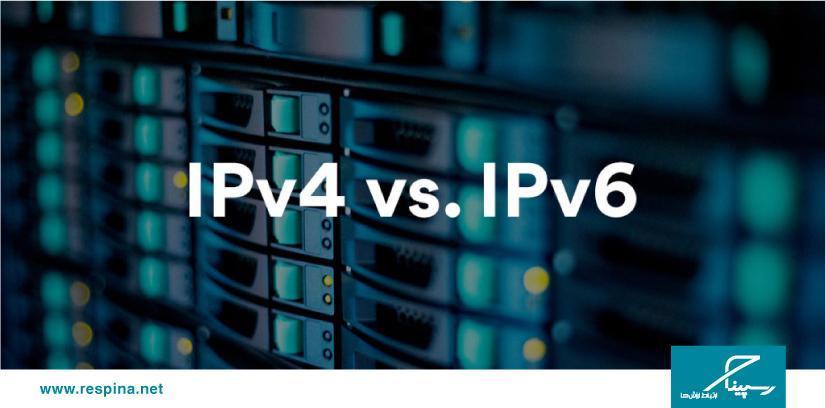

دیدگاهتان را بنویسید
برای نوشتن دیدگاه باید وارد بشوید.